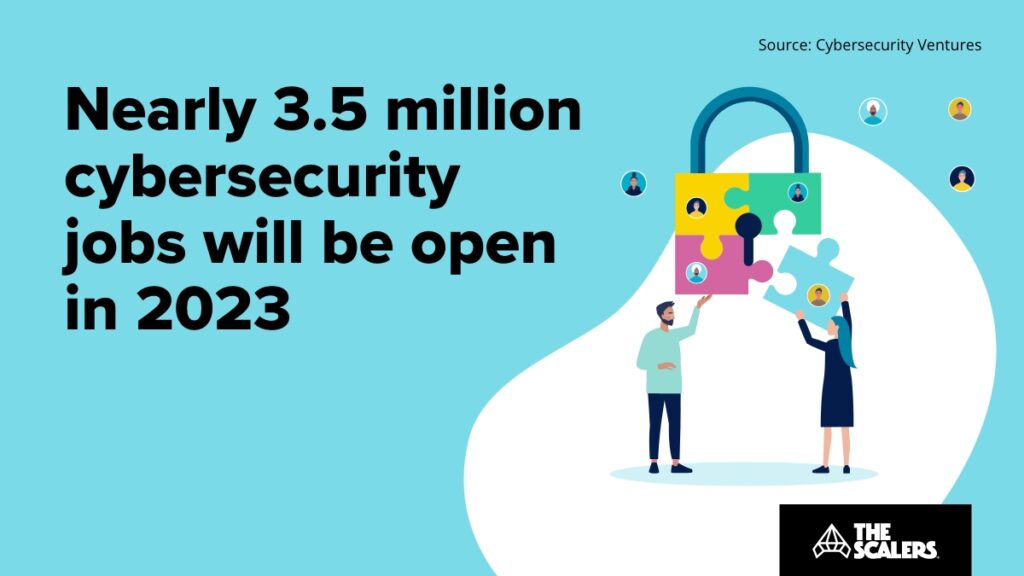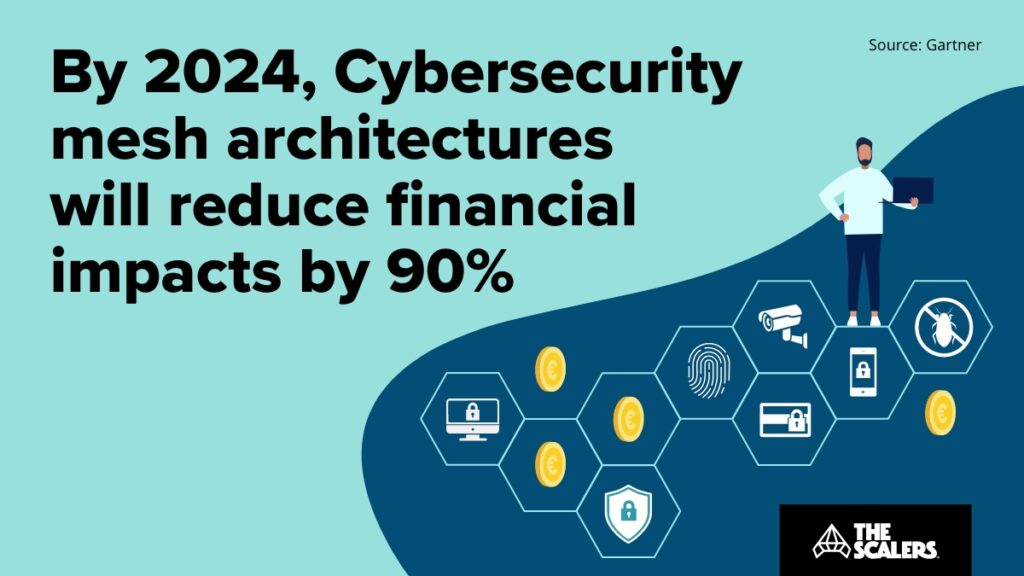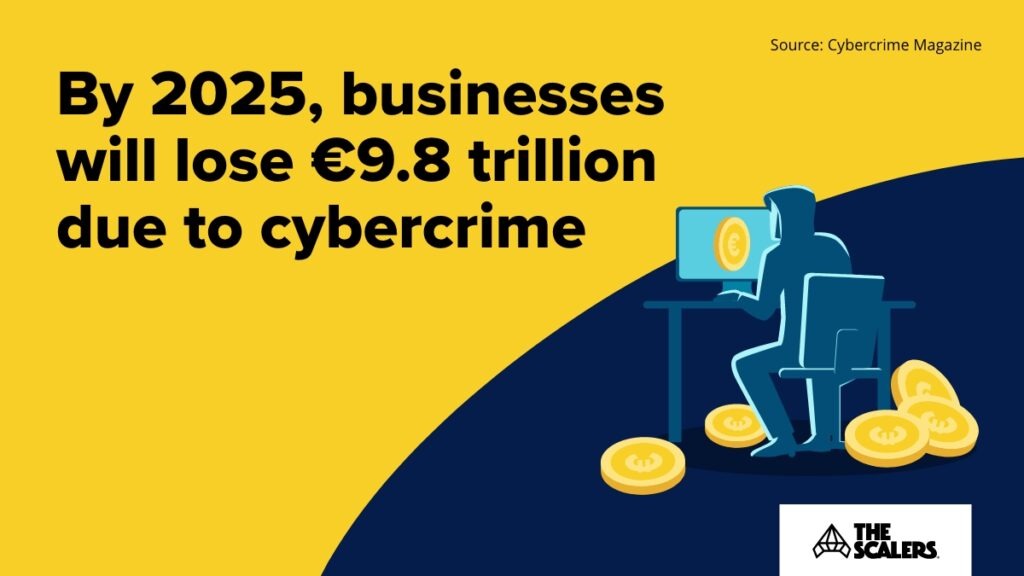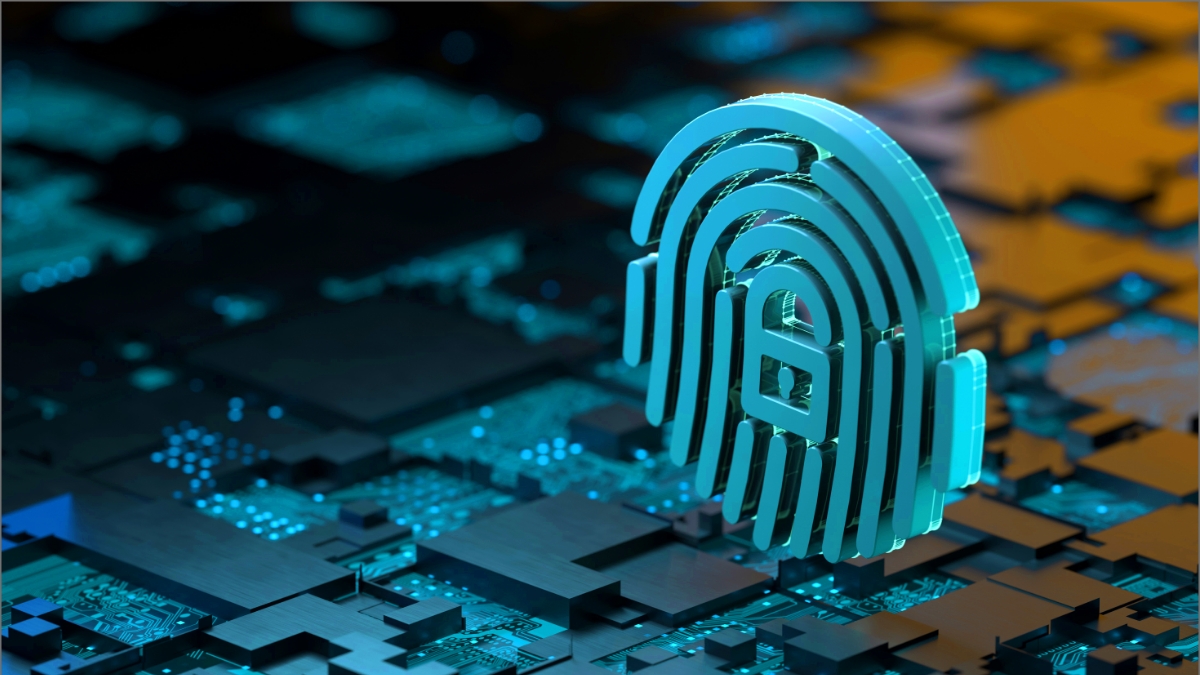As the digital world continues to evolve at breakneck speed, so too do the threats to our online security. 2023 promises to be no exception, with new and sophisticated cyberattacks emerging every day. But what exactly can we expect in the coming year? What are the dominant cybersecurity trends in 2023 and how can businesses and individuals stay ahead of the curve?
With our increased reliance on digital platforms and devices, protecting personal data and valuable information stored online has become a top priority for organisations. This requires organisations to stay informed on potential threat vectors, as well as new tools, strategies, and emerging best practices.
This article explores the latest developments, providing a comprehensive overview of the cybersecurity landscape and the measures you can take to protect yourself and your assets.

The importance of following cybersecurity trends
Cybersecurity threats are a growing danger to everyone, as evidenced by the increasing frequency and severity of data breaches and cyberattacks, even among large and established companies. Just last year there were reports of data leaks from Twitter, WhatsApp, and Revolut to name a few. Incidents like these can result in substantial financial and reputational consequences, as well as potentially causing widespread damage and disruption.
To combat these threats, a multi-layered approach is necessary that includes tools like encryption, firewalls, and antivirus software, as well as organisational measures like employee training, incident response planning, security audits, and software updates. Organisations can reduce cyberattacks by raising awareness about safe online practices and encouraging personal responsibility. However, cybersecurity is an ongoing effort that requires continuous attention and adaptation.

Innovations driving the future of cybersecurity
Cutting-edge digital technologies are revolutionising security operations by enhancing its accuracy and speed. For example, new systems can instantly identify threats to help organisations respond in real-time. However, they’ve also introduced new vulnerabilities — increasing the risk of malicious use. It’s crucial to ensure that these technologies are properly implemented and regulated to avoid ethical and privacy concerns.
Learn more about our model – the smarter way to go offshore
LEARN MOREInterconnected digital devices and networks continue to grow. With the exponential expansion of these networks, it is imperative to implement regular updates and patches to protect systems against evolving security risks. Overall, organisations must balance the benefits of new technologies and the security risks they pose and always maintain clear security management objectives.
The significance of cybersecurity initiatives
Human error is the greatest cause of cybersecurity issues. Sometimes it’s through social engineering attacks, but failure to keep systems up to date also comes from human causes.
To mitigate these risks, many organisations are taking strict measures to update their cybersecurity initiatives to include employee training and education, as well as regularly update software and systems. Despite these efforts, the threat of cyberattacks and data breaches remains high due to the growing complexity of technology and digital systems.
This means that organisations must stay vigilant in their approach to cybersecurity by regularly assessing and updating their safeguards, being mindful of unforeseen risks, and practising safe online behaviour.
Why cybersecurity investments matter
Cybersecurity plays a crucial role in an organisation’s overall risk management strategy. A single data breach can result in significant financial losses, loss of customer trust, and damage to the company’s reputation.
Organisations have a duty to their customers to protect them from malicious harm. Reacting to new cybersecurity trends requires strategic investment if organisations wish to protect their partners’ and clients’ sensitive information and intellectual property. They must invest in advancing technologies, employee training, and cybersecurity research and development.
Predictions for cybersecurity trends in 2023 and beyond
Recent cybersecurity trends indicate that as more businesses move to the cloud, their systems will become interconnected through a “mesh” architecture — security solutions and technologies that work together to provide comprehensive protection against cyber threats. They will encompass various security measures and technologies, including firewalls, intrusion detection, and prevention systems, endpoint protection, data encryption, and more. Together, these measures and technologies provide a layered approach to cybersecurity.

Increased Demand for Advanced Cybersecurity Solutions
The growth of the digital economy and the rise of connected devices have led to frequent and sophisticated cyberattacks. The increasing reliance on technology and the growing threat of cybercrime have led to a surge in demand for advanced cybersecurity solutions.
Every day organisations are at risk of having their digital assets and data stolen or corrupted. This means that they must prioritise cybersecurity solutions, to minimise their cyberattack exposure and protect their systems.
Building tech teams dedicated to cybersecurity
More and more organisations are building dedicated tech teams tasked with cybersecurity. A dedicated team of experts in the field of cybersecurity can provide a company with the necessary resources to identify potential threats, implement security measures, and respond to incidents promptly. Having a tech team focused on cybersecurity is not just a best practice but is also becoming a legal requirement in many industries.
Regulations such as the General Data Protection Regulation (GDPR) in the EU, and the Payment Card Industry Data Security Standard (PCI DSS) in the US, require organisations to take measures to protect the sensitive information they hold. By building a team dedicated to cybersecurity, companies can not only comply with these regulations but also stay ahead of the curve in terms of security best practices.
AI and ML will play a bigger role in cybersecurity
The most impactful transformation trends changing cybersecurity today are machine learning (ML) and artificial intelligence (AI). They promise to identify potential issues, automate response processes and routine tasks, and enhance security operations faster and more efficiently. They can also improve security operations through real-time threat detection and response, provide advanced analytics, predictive security, and collaboration with other security tools.
One of the main concerns is that the increasing reliance on AI and ML for security decision-making raises questions about accountability and the role of human oversight in ensuring responsible use. Also there is a threat of these tools being used against users to find new exploits. For instance, AI can be trained to simulate voices of CEOs to make requests such as transfer funds or reset passwords.To fully realise the potential benefits of these technologies in cybersecurity, it is crucial to address these challenges and ensure that they are used ethically, securely, and responsibly.


Adoption of multi-layered cybersecurity solutions
As the number of cyberattacks continues to rise, the complexity of cybersecurity solutions will also increase. Organisations must implement a multi-layered approach encompassing technical and human-based security measures to protect their data and systems effectively. This includes access controls, user awareness training, incident response planning, and threat intelligence gathering.
With modern technologies such as cloud computing and edge computing, organisations must also adapt their security strategies to safeguard their digital assets. A robust cybersecurity strategy aims to minimise risk, prevent breaches, and avoid financial losses, reputation damage, and sensitive information loss.

The Internet of Things (IoT) will become more secure
The Internet of Things (IoT) is a rapidly growing network of connected devices, creating security concerns as they become targets for cybercriminals. Securing the IoT involves protecting individual devices and communication networks through various measures. Business Insider estimates that we can see as much as $15 trillion spent on IoT devices, solutions, and support systems.
With increasing dependence on the IoT, prioritising its security is crucial. This requires the implementation of strong security measures, such as encryption and authentication, and regular software updates and patches to address vulnerabilities. Securing the IoT is an ongoing process that requires a multi-faceted approach involving technology, policy, and people. By prioritising its security, organisations can better protect their sensitive information and intellectual property and reduce the risk of cyber attacks.
And after the Anker eufy security camera scandal of last year, companies developing IoT solutions are more incentivised to ensure the security of their devices.

How we helped a Legal SaaS company scale its Ruby on Rails team to deliver a groundbreaking product
DOWNLOAD CASE STUDYAdvancements in Blockchain Security and Data Protection
Blockchain is potentially one of the most disruptive technologies out there today. One of the key benefits of blockchain technology is its security features, such as decentralisation and immutability, which make it resistant to tampering and hacking. However, blockchain also presents new security challenges, such as the risk of smart contract vulnerabilities and the potential for malicious actors to exploit these vulnerabilities.
The emphasis on blockchain security will grow as more businesses adopt the technology and seek to secure their systems. This will likely involve a combination of technical measures, such as encryption and secure key management, and the development of new security protocols and standards. With blockchain, organisations can share threat intelligence more easily and focus on privacy and data protection more effectively. Overall, the focus on blockchain security is expected to grow as the technology continues to gain widespread adoption and its importance as a data protection and privacy tool become increasingly apparent.

Conclusion
Staying informed about cybersecurity is crucial to protect information and systems. By adopting new technologies and taking steps to secure systems, businesses and individuals play a vital role in ensuring the safety and security of our digital world.
Don’t wait – take steps to protect your business now. Partner with The Scalers to build a tech team that stays ahead of the latest threats and keeps your valuable assets secure. Invest in your future success by investing in a strong and secure tech team today.
















